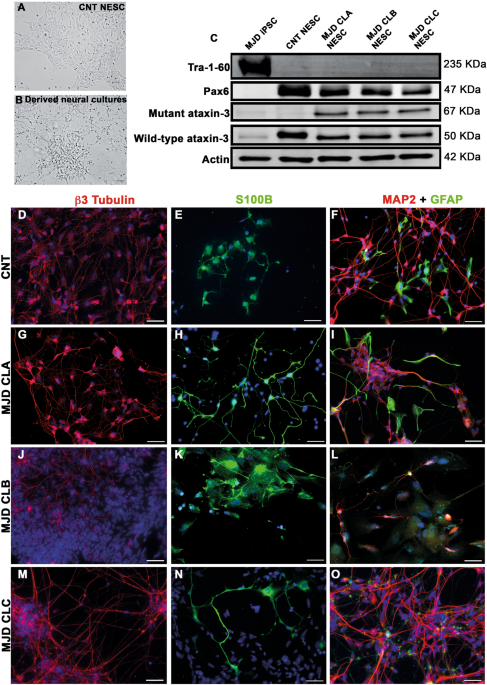Scientists from the University of Coimbra have taken an important step towards treating Machado-Joseph disease.
Machado-Joseph disease is a degenerative disorder of the nervous system. It is a rare condition.
It is a genetic disease that occurs due to an alteration in a specific gene, ATXN3 - which gives rise to a mutated form of the protein ataxin-3 that accumulates in the brain in the form of aggregates, leading to dysfunction and neuronal death.
There is a lack of coordination of voluntary muscle movements and loss of balance - as well as problems with speech, swallowing, eye movements and sleep. It is therefore similar to Parkinson's in some respects.
It has this name because, initially, the patients studied with the disease were from the Azores - the island of Flores, the area with the highest incidence on the planet, is the only place where the disease is relatively common: it affects approximately 1 in every 140 adults; otherwise it is a rare disease, affecting between 0.3 and 2 people per 100,000 adults.
There is still no effective therapy. But Portuguese scientists have managed to generate human stem cells from skin cells that have been shown to have long-term therapeutic potential for Machado-Joseph disease.
The study shows that it is possible to "create stem cells from cells extracted from people with Machado-Joseph disease with therapeutic potential", explains researcher Liliana Mendonça.

"This discovery shows the feasibility of applying personalized therapies to people with the disease, by creating stem cells from the patients we intend to treat, which will translate into greater acceptance of the transplant," adds the scientist, in a statement from the university sent to ZAP.
The scientists created cells that proved capable of giving rise to neurons in cell cultures (a set of techniques for testing the behavior of cells in an artificial environment) and also in cerebral organoids (tissues generated in vitro, i.e. outside of living organisms, which simulate human neurodevelopment by functioning as "mini-brains").
The human stem cells survived up to six months after being transplanted into the cerebellum of the animal model, having differentiated into glia cells [cells of the central nervous system that perform various functions, in particular supporting neurons.
Liliana Mendonça's explanation means that these cells have been shown to have the potential to act positively in controlling neurodegenerative diseases.
The next step is to find out how these cells can improve the motor coordination problems caused by the disease, using an animal model.
The scientists are also going to develop strategies to improve the migration of the cells and then their differentiation into cerebellar neurons after their transplantation into the brain, something that could significantly increase the therapeutic effects of these cells.





